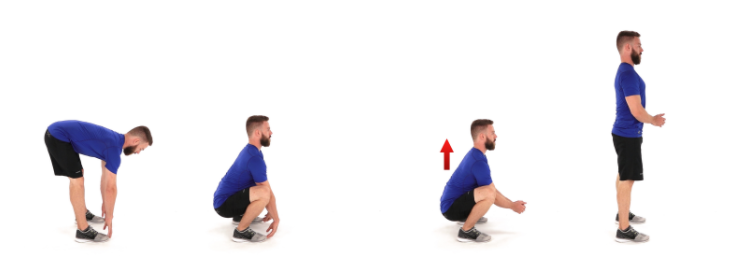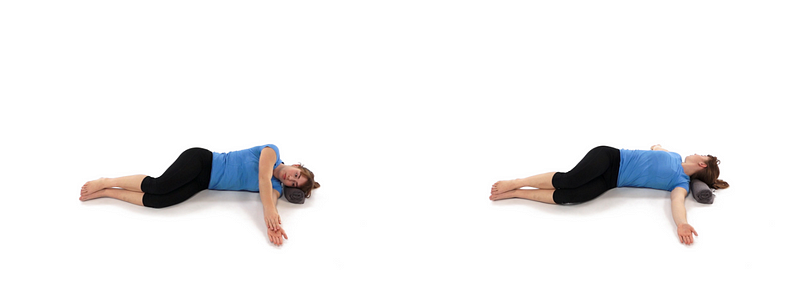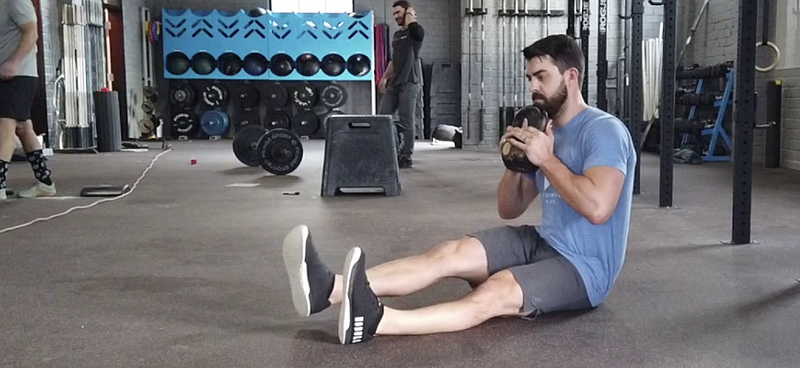Effective Strategies to Alleviate Back Pain Before Exercise
Written on
Chapter 1: Introduction to Back Pain Relief
Experiencing sudden back pain can be frustrating, especially right before a race or workout. As a kinesiologist and personal trainer, I advocate for a proactive approach to health, particularly concerning spinal health. Unfortunately, unexpected discomfort can strike at the most inconvenient times. If you're facing this issue right before your big event, you've come to the right place.
By incorporating specific movements into your warm-up, you can alleviate pain and prepare your body for exercise. Based on years of experience with running clients, I’ve identified three highly effective exercises that can help restore your comfort quickly. While these movements may not address all underlying issues, they can significantly improve your situation in a short amount of time. Just a few minutes is all you need!
Don't let pain dictate your performance! A few targeted exercises can often relieve stiffness and discomfort, allowing you to perform at your best.
3 Movements to Relieve Pain Quickly
As a note of caution, these recommendations are intended for individuals experiencing mild to moderate back pain. If you're in severe pain or have a known injury, please seek professional help rather than pushing through. If you're unsure whether to continue or stop, I recommend postponing your workout if your pain exceeds a 3/10 on a perceived scale. Remember, when in doubt, take a walk!
Section 1.1: Toe Touch Squat-to-Stand

Application: 10–15 repetitions
Instructions: Start by hinging at your hips and lowering your arms toward the floor. Don’t stress if you can't reach your toes; do your best! Then, drop into a squat by bending your knees, lowering your hips, and lifting your chest. Pause for one to two seconds in the squat position before rising back to standing.
Purpose: Engaging in back flexion is crucial for those experiencing discomfort. Opening this range can greatly enhance your workout experience. Additionally, this movement promotes hip mobility, further boosting performance.
Section 1.2: Lying Open Books

Application: 8–10 repetitions per side
Instructions: Lie comfortably on your side, using a pillow or towel for support. Begin by opening your top arm in a fan-like motion while tracking your arm with your eyes, allowing your neck to rotate along with your spine. Exhale as you start the movement and inhale as you return to the neutral position. Remember, focus on moving within a pain-free range.
Purpose: Many individuals with back pain hesitate to rotate their spines, yet this is an effective way to enhance thoracic mobility and reduce discomfort. The open book exercise is a simple yet powerful way to improve spinal movement without any equipment.
Section 1.3: The QL Walk

Application: 8–10 steps forward and backward
Instructions: Begin in a seated position with your legs extended. Shuffle forward by subtly shifting your hips while keeping your spine straight. After moving a few feet, reverse the process and walk backward. Although it may look amusing, this exercise effectively targets the quadratus lumborum and engages deep core muscles.
Purpose: The quadratus lumborum plays a vital role in stabilizing the spine and hips. If this muscle group becomes tight due to inactivity or repetitive motions, it can lead to pain. Awakening this area can significantly alleviate stiffness before your next workout.
Chapter 2: Conclusion and Encouragement
In this video, you can learn effective techniques to relieve nerve pain in your back and legs instantly.
This video showcases methods for relieving nerve pain in your upper back immediately.
If you're feeling light to moderate back pain before your workout, don’t fret! Often, all it takes is some focused mobility work to get you back on track and ready to excel. If you’re new to mobility exercises, start with the three outlined above. You should notice an improvement in functionality and pain levels in just a few minutes. Moreover, these exercises can easily become part of your regular routine, helping to prevent future back pain.
You've got this!
-David Liira, Kinesiologist